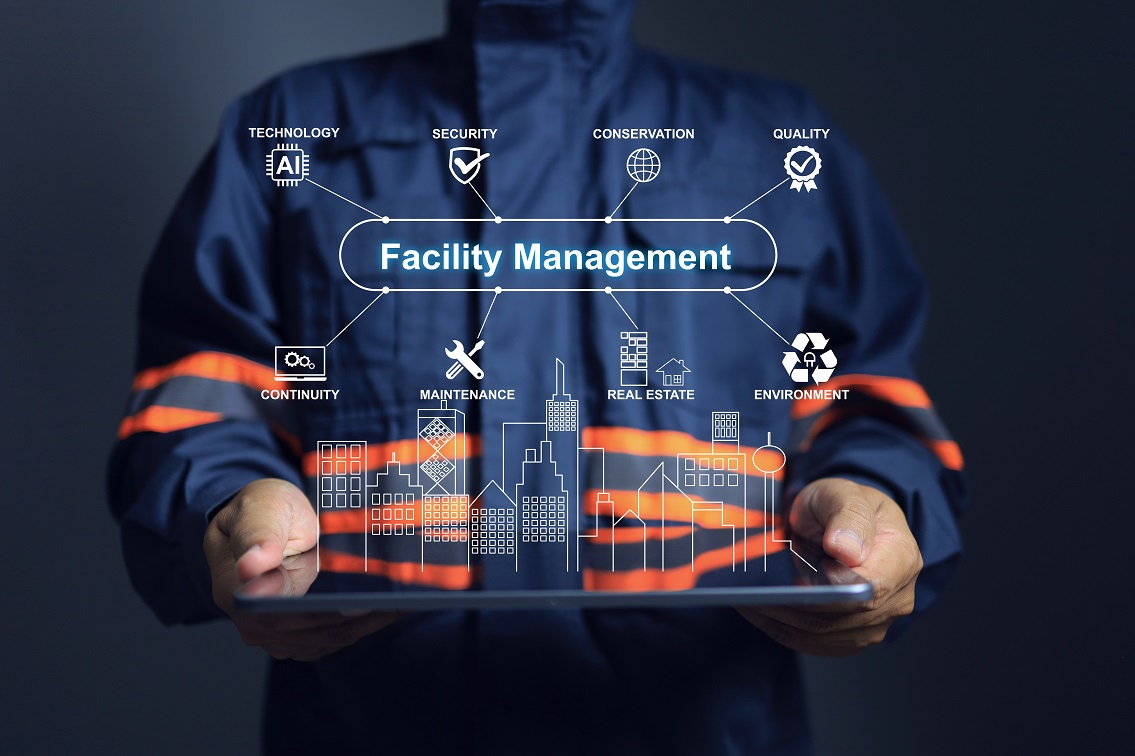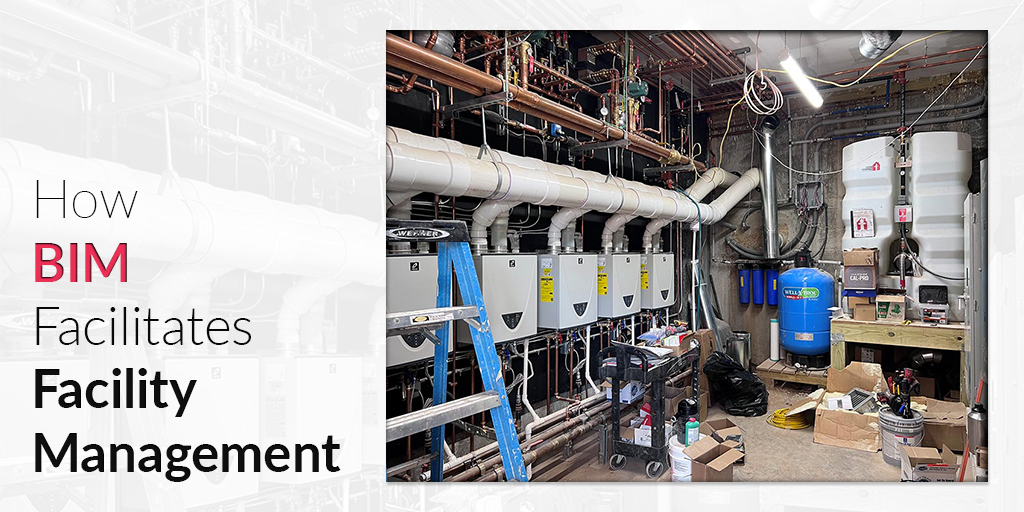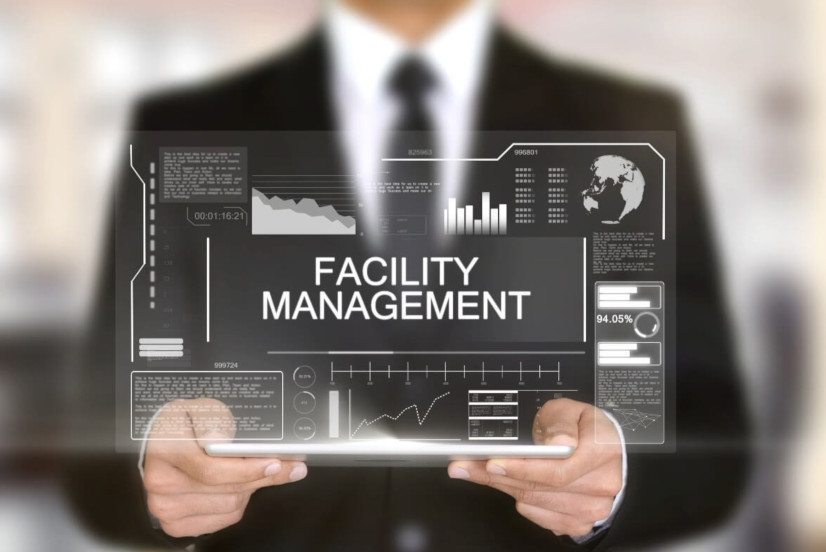Trick Fads Forming the Future of Facility Administration in 2024
As we look ahead to 2024, the landscape of facility monitoring is poised for substantial makeover, driven by several crucial fads. The assimilation of clever building technologies and a change towards data-driven decision-making assurance to boost operational effectiveness while prioritizing sustainability in technique.
Smart Structure Technologies

Smart building modern technologies include a broad range of systems, consisting of smart lighting, a/c controls, and safety and security systems. By incorporating these systems, facility managers can check and readjust parameters in real-time, leading to considerable reductions in energy waste and operational prices. For circumstances, smart sensing units can spot tenancy levels and change lights and temperature level appropriately, ensuring that energy is just used when required.
In addition, these innovations facilitate improved data collection, permitting organizations to track use patterns and determine chances for more improvements. The execution of clever structure modern technologies not just adds to sustainability objectives but also produces much healthier work settings that can increase employee performance and satisfaction.
As we relocate into 2024, the adoption of smart structure innovations will likely increase, mirroring a wider change towards even more smart, responsive, and sustainable center administration techniques.
Data-Driven Choice Making
Increasingly, companies are leveraging data-driven choice making to improve center administration techniques. By utilizing information analytics, center supervisors can derive workable insights that dramatically enhance operational effectiveness and source allowance. The combination of sophisticated modern technologies, such as IoT sensing units and real-time monitoring systems, makes it possible for the collection of vast amounts of information on building efficiency, tenancy rates, and power usage.
This wealth of info allows facility supervisors to determine patterns, predict maintenance requirements, and proactively address issues before they intensify. As an example, anticipating analytics can anticipate equipment failures, reducing downtime and repair service prices. Furthermore, data visualization tools assist in much better interaction amongst stakeholders, making certain that educated decisions are made collaboratively.
Moreover, data-driven approaches boost calculated planning by allowing facility supervisors to examine the effectiveness of present methods and make informed options regarding investments in technology or facilities. As companies increasingly focus on operational excellence, data-driven choice making is positioned to end up being a keystone of effective center administration techniques in 2024 and beyond. Ultimately, the capability to utilize information efficiently will empower organizations to create more effective, effective, and resistant centers.
Sustainability and Eco-friendly Practices
The emphasis on data-driven decision making normally lines up with the expanding emphasis on sustainability and eco-friendly methods within center monitoring. As organizations increasingly prioritize ecological obligation, center supervisors are leveraging analytics to optimize resource use, lower waste, and decrease carbon impacts. This critical strategy makes it possible for the integration of energy-efficient systems, such as LED lights, smart a/c controls, and renewable resource sources into facility operations.
In addition, the application of sustainable techniques prolongs beyond energy consumption. Center managers are adopting eco-friendly materials and promoting recycling initiatives to produce a round Get More Information economy within their facilities. This not only enhances the environmental profile of the organization however additionally cultivates a culture of sustainability amongst workers.
Compliance with ecological policies is one more essential facet driving the adoption of environment-friendly techniques. By making use of data analytics, center managers can keep an eye on compliance metrics and recognize locations for renovation, ensuring adherence to international and neighborhood sustainability criteria.
Hybrid Job Models
A significant change towards hybrid work models is reshaping the landscape of center management in 2024. This standard integrates remote and in-office job, necessitating a reevaluation of room use, source allocation, and worker involvement methods. Organizations are progressively recognizing the importance of adaptable workspaces that satisfy diverse requirements and preferences.
Center supervisors must adapt by applying functional workplace designs that sustain joint initiatives while offering locations for focused job. This includes the combination of technology to assist in seamless interaction and partnership among remote and in-office employees. Smart structure options, equipped with sensing units and analytics, enable for real-time surveillance of room use, allowing organizations to maximize their settings successfully.
Furthermore, hybrid job models stress the need for reliable facility management that prioritizes staff member experience. In essence, the hybrid job model is changing facility administration, urging a positive technique to meet the advancing demands of the workforce.
Improved Passenger Wellness
As organizations accept hybrid work models, an enhanced concentrate on owner wellness is ending up being indispensable to center administration methods. Facility Management. This change acknowledges that a satisfied and healthy and balanced workforce directly affects productivity and retention prices. Center managers are currently prioritizing atmospheres that promote physical and psychological well-being, incorporating aspects such as natural lighting, biophilic layout, and obtainable wellness sources

Technology plays a vital duty in this advancement. Learn More Smart structure systems can check ecological aspects and readjust setups in real-time, ensuring optimal convenience degrees - Facility Management. Responses systems, such as occupancy sensors and employee studies, permit center supervisors to continuously improve wellness campaigns based on resident demands.

Verdict
In 2024, the future of facility management will be dramatically influenced by the integration of smart building innovations and data-driven decision-making, promoting enhanced operational effectiveness. These patterns collectively underscore the developing landscape of facility management in action to modern difficulties and chances.
Center managers are advertising and embracing green products reusing efforts to create a circular economic climate within their facilities.A considerable change towards hybrid work designs is reshaping the landscape of facility monitoring in 2024.Additionally, hybrid work versions highlight the requirement for effective center administration that prioritizes staff member experience.As organizations accept hybrid work versions, an increased focus on occupant health is becoming important to center monitoring methods.In 2024, the future of facility monitoring will certainly be substantially affected by the integration of clever building technologies and data-driven decision-making, promoting improved functional efficiency.